

Meet the Gorgeous Resplendent Quetzal, One of the World’s Most Beautiful Birds
Meet the Gorgeous Resplendent Quetzal, One of the World’s Most Beautiful Birds
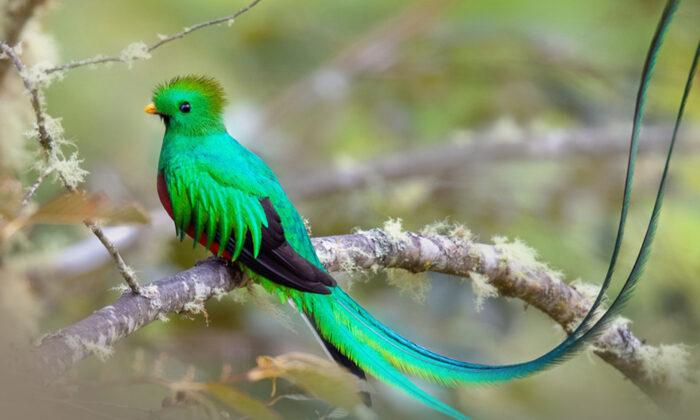
Dressed in stunning glittering emerald-green plumage with a deep-red breast, the Resplendent Quetzal is known for its extraordinary beauty and is considered a sacred symbol in the Mayan culture as well as for the Aztecs.
The Resplendent Quetzal (Pharomachrus mocinno) inhabits the montane cloud forest from southern Mexico to western Panama, where it is one of the most sought-after sights by birders.
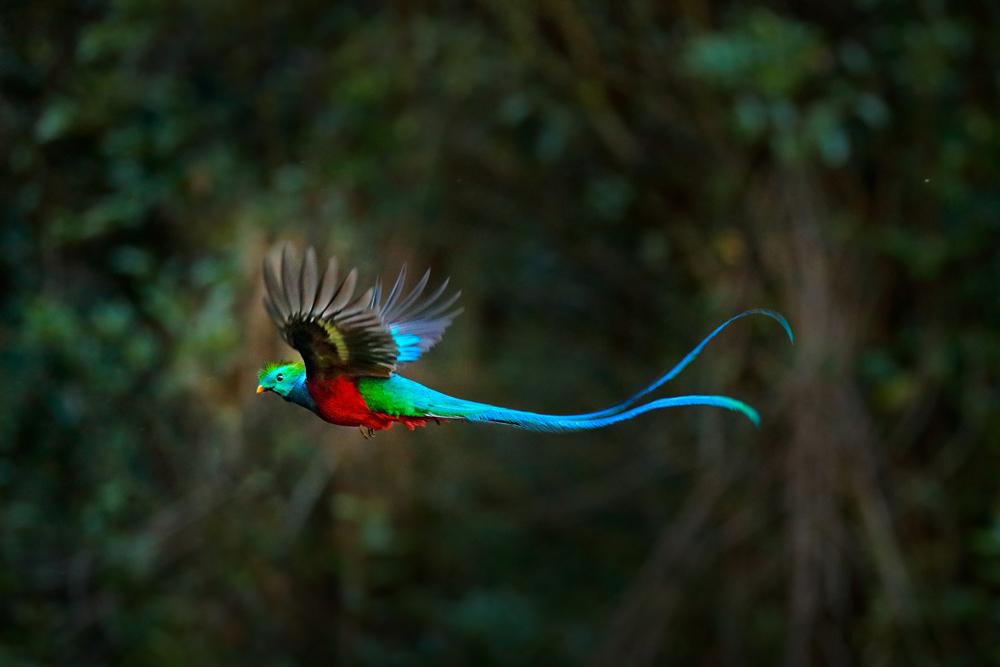
The species belongs to the Trogonidae family, the members of which are distinguished by their colorful feathers and their unique characteristic of pecking on softwood or rotted trees to create holes for nests.
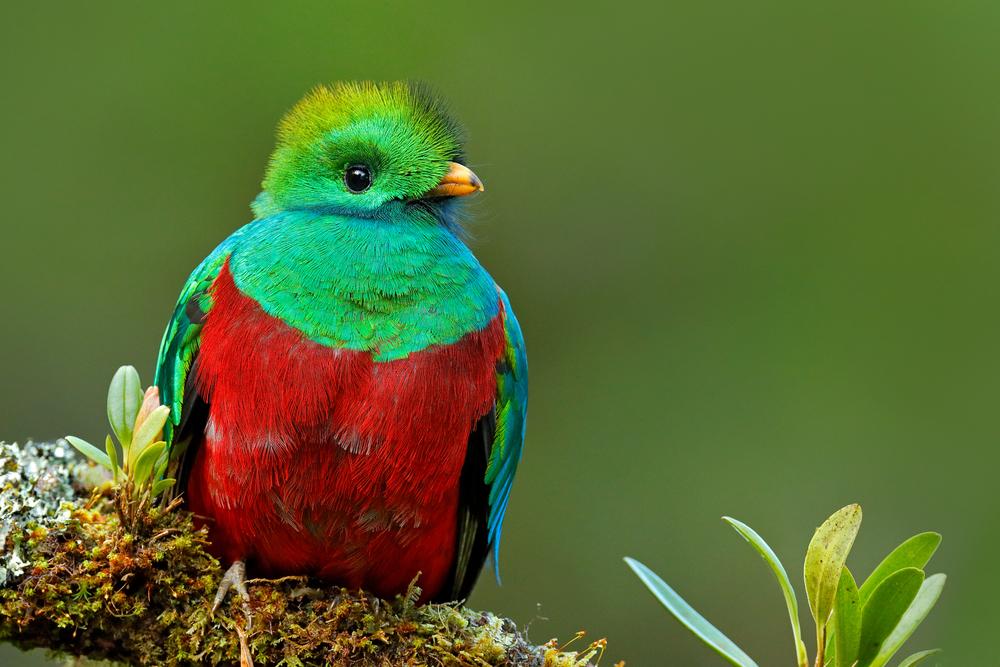
Considered among the most beautiful birds in the world, the female is covered in brilliant blue, green, and red coloring; however, the breeding males, which are more vibrant, seem almost impossibly striking.
This means that when taking their turn to incubate the 2–3 eggs laid inside tree trunks, the males tend to fold their feathers over their backs to stay out of sight. Even so, sometimes their feathers are so long that they seem to stick out.
As might be expected, the feathers play an important role. As the male tries to impress his female counterpart during mating season, he flies down from tall trees to show his elongated feathers behind him. In addition to their beautiful display, males also sing to the females.
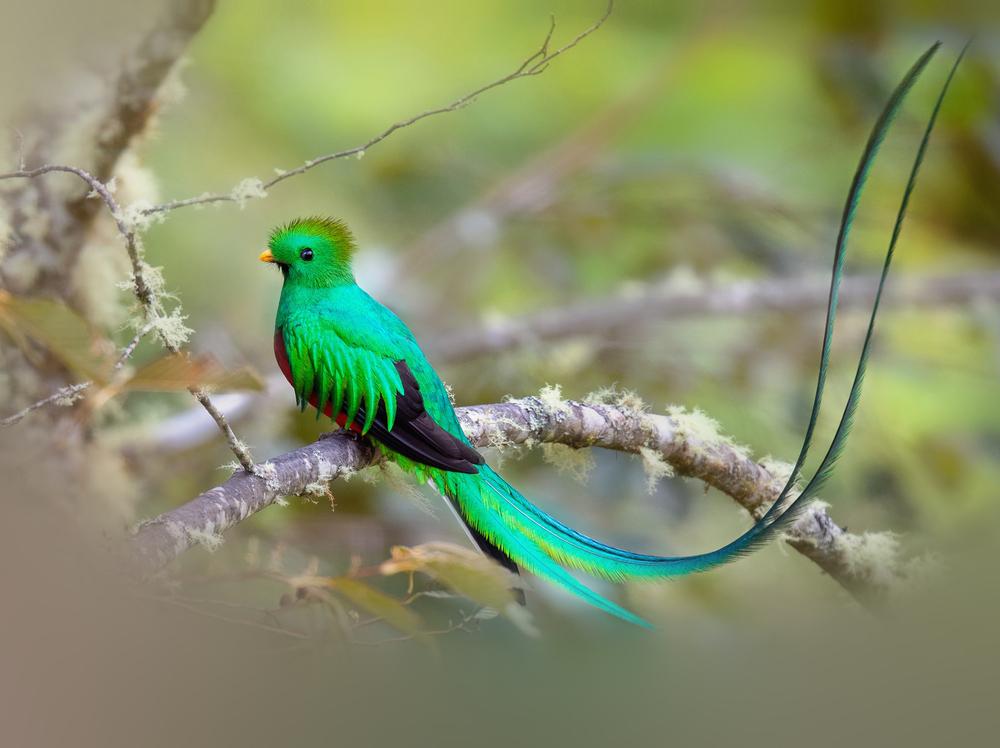
The bird’s tail feathers have been culturally significant. By capturing Resplendent Quetzals, plucking their tail feathers, and then setting them free, people created headdresses for the Aztec ruling class.
As for the Mayan people, the Quetzal also had quasi-divine status. Their inability to domesticate the bird and get it to reproduce in captivity made it a powerful symbol of freedom. The rare feathers that fell or were plucked came to be a valuable form of currency, which made “Quetzals” the perfect unit for Guatemala’s currency, introduced in 1925.
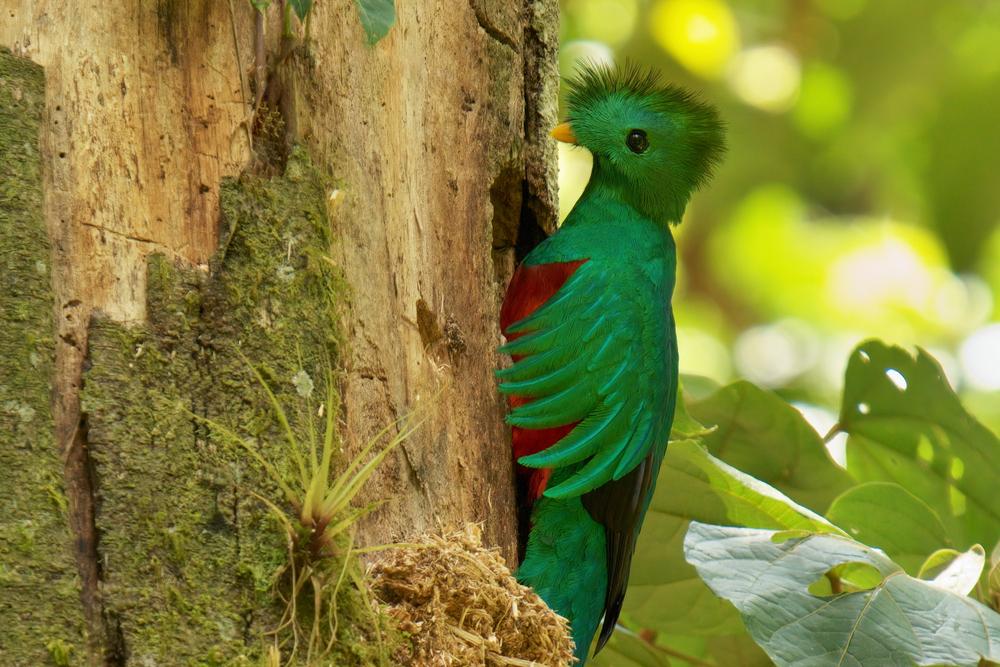
Recommended Videos
 A Guide to August Birth Flowers- Gladiolus and Poppy22 views
A Guide to August Birth Flowers- Gladiolus and Poppy22 views A Black Canada Lynx Has Been Caught On Camera for the First Time Ever683 views
A Black Canada Lynx Has Been Caught On Camera for the First Time Ever683 views-
Advertisements
 30 ‘Absolute Unit’ Pics, It’s Hard To Believe Things Can Get So Huge120 views
30 ‘Absolute Unit’ Pics, It’s Hard To Believe Things Can Get So Huge120 views Tufted Ground Squirrel (Rheithrosciurus macrotis140 views
Tufted Ground Squirrel (Rheithrosciurus macrotis140 views 30 Spine-Chilling Pics That Show Mother Nature’s Dark Side1848 views
30 Spine-Chilling Pics That Show Mother Nature’s Dark Side1848 views The northern pygmy owl (Glaucidium californicum) is a small owl native to western North America.186 views
The northern pygmy owl (Glaucidium californicum) is a small owl native to western North America.186 views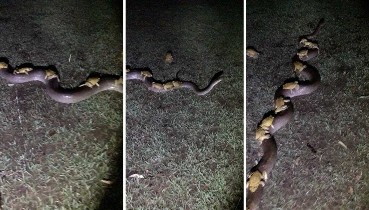 Toads Take a Ride on 11-Foot Python: A Surprising Sight in Kununurra178 views
Toads Take a Ride on 11-Foot Python: A Surprising Sight in Kununurra178 views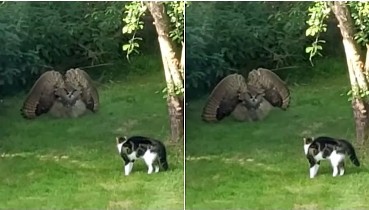 A Startled Owl Puffs Up to Appear Much Larger In Order to Intimidate an Equally Defensive Family Cat208 views
A Startled Owl Puffs Up to Appear Much Larger In Order to Intimidate an Equally Defensive Family Cat208 views



